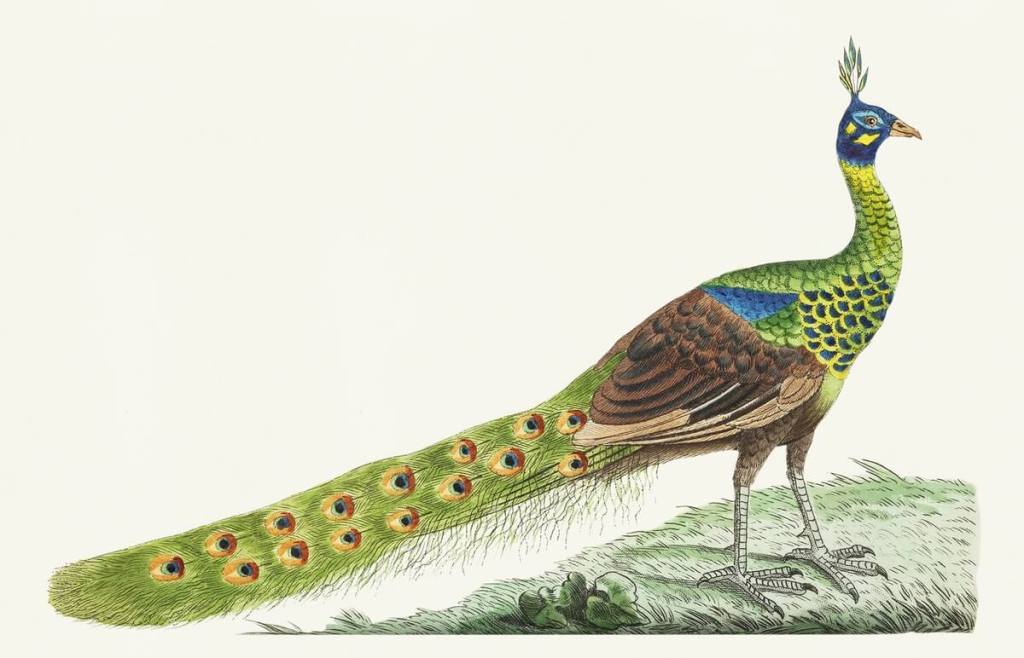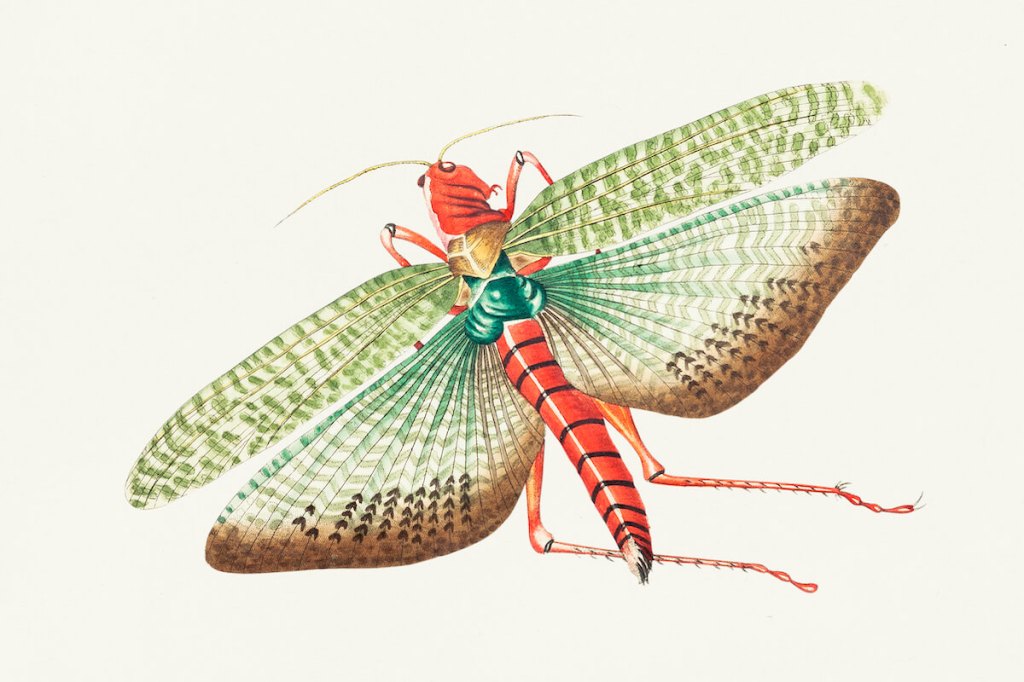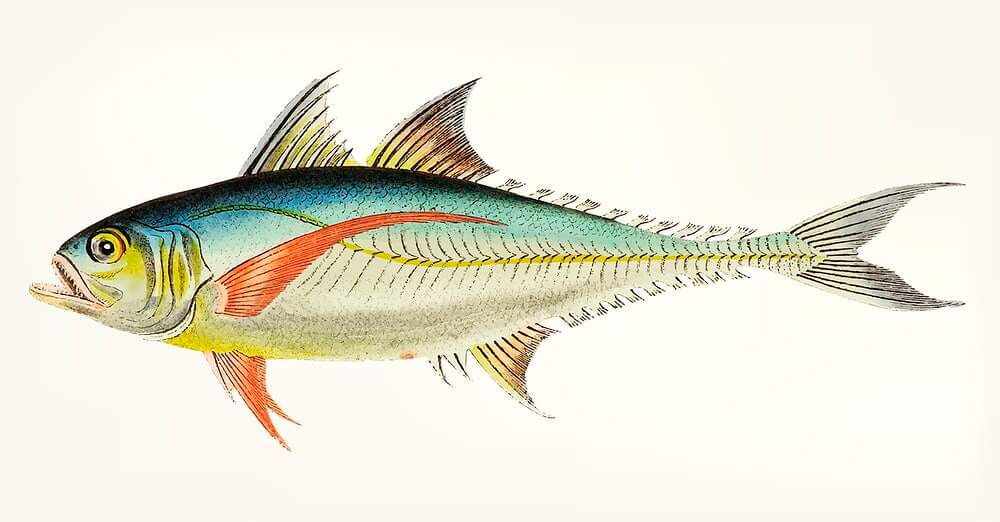-
Guía telefónica inversa: una manera fácil de localizar números
Las guías telefónicas inversas están fácilmente disponibles en Internet. Hay sitios web dedicados a brindar a los usuarios dicho servicio y la mejor parte es que son legítimos y no divulgan información como temen muchas personas.
De hecho, hay momentos en que la gente se pregunta sobre la autenticidad de dichos sitios web que proporcionan guías telefónicas inversas. Para ser muy franco, estas personas tienen razón al temer si la información proporcionada por los sitios web es correcta o no, porque la mayoría de las bases de datos respaldadas por dichos sitios web están obsoletas y se hace poco para actualizarlas. Esto es más visible en el caso de los números de celular porque dichos números no son fácilmente rastreables a través de una guía telefónica pública y solo una empresa de telecomunicaciones puede tener dicha información.
En tal situación, la mejor opción es un sitio web que cobra una cierta cantidad para brindarle información. Normalmente, estos sitios con una oferta de guía telefónica inversa pagada ofrecen un servicio de retiro de tarifas si no puede rastrear la información que buscó. De esta manera usted está seguro de que está optando por una opción de valor por dinero.
De lo contrario, también es muy correcto que cobren a sus clientes una pequeña tarifa porque les lleva mucho trabajo recopilar toda la información y asegurarse de que su base de datos esté actualizada y actualizada. Le brindan información como:
If you need any kind of information on this article related topic click here: Localizar Numero
-
Green Peacock

The serene and starry sky and the shining sun are peacocks. The calm, azure heavens, bespangled with a thousand stars, a thousand brilliant eyes, and the sun rich with the colours of the rainbow, offer the appearance of a peacock in all the splendour of its eye-besprinkled feathers.
When the sky or the thousand-rayed sun (sahasrânçus) is hidden in the clouds, or veiled by the autumnal waters, it again resembles the peacock, which, in the dark part of the year, like a great number of vividly-coloured birds, sheds its beautiful plumage, and becomes dark and unadorned; the crow which had put the peacock’s feathers on then returns to caw amongst the funereal crows.
In winter the peacock-crow has nothing remaining to it except its disagreeable and shrill cry, not dissimilar to that of the crows. It is commonly said of the peacock that it has an angel’s feathers, a devil’s voice, and a thief’s walk. The crow-peacock is proverbial.
-
Egyptian Locust

According to Onesicritus, in those parts of India where there is no shadow, the men attain the height of five cubits and two palms, and their life is prolonged to one hundred and thirty years; they die without any symptoms of old age, and just as if they were in the middle period of life. Pergannes calls the Indians, whose age exceeds one hundred years, by the name of Gymnetæ; but not a few authors style them Macrobii.
Ctesias mentions a tribe of them, known by the name of Pandore, whose locality is in the valleys, and who live to their two-hundredth year; their hair is white in youth, and becomes black in old age. On the other hand, there are some people joining up to the country of the Macrobii, who never live beyond their fortieth year, and their females have children once only during their lives.
This circumstance is also mentioned by Agatharchides, who states, in addition, that they live on locusts, and are very swift of foot. Clitarchus and Megasthenes give these people the name of Mandi, and enumerate as many as three hundred villages which belong to them. Their women are capable of bearing children in the seventh year of their age, and become old at forty.
Artemidorus states that in the island of Taprobane (Ceylon) life is prolonged to an extreme length, while at the same time, the body is exempt from weakness. Among the Calingæ, a nation also of India, the women conceive at five years of age, and do not live beyond their eighth year. In other places again, there are men born with long hairy tails, and of remarkable swiftness of foot; while there are others that have ears so large as to cover the whole body. -
Rottlerian Mackerel

“He had all the body of a fish, but below the head of the fish another head, which was that of a man; also the feet of a man, which came out of its fish’s tail. He had a human voice, and its image is preserved to this day.”
-
Subscribe
Subscribed
Already have a WordPress.com account? Log in now.